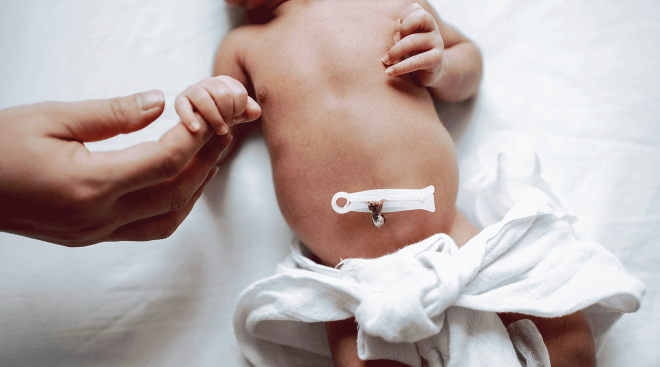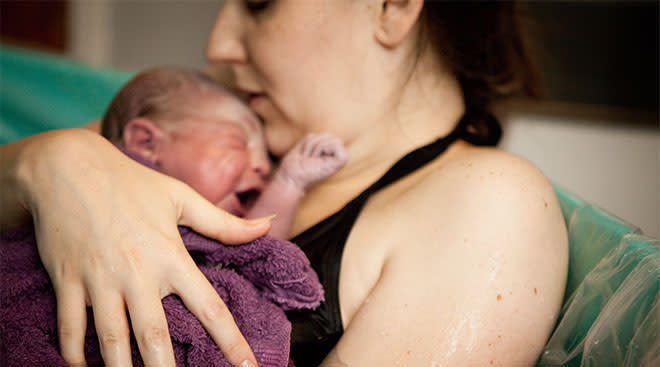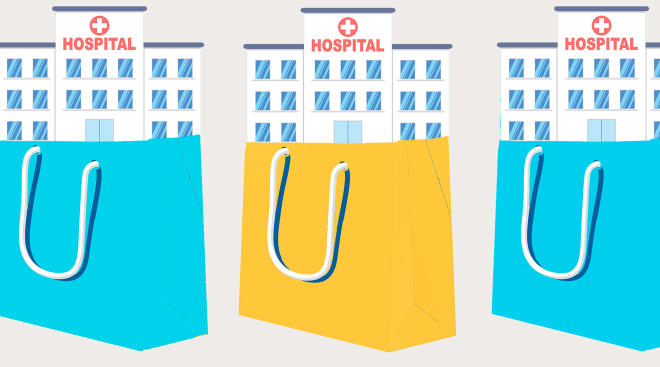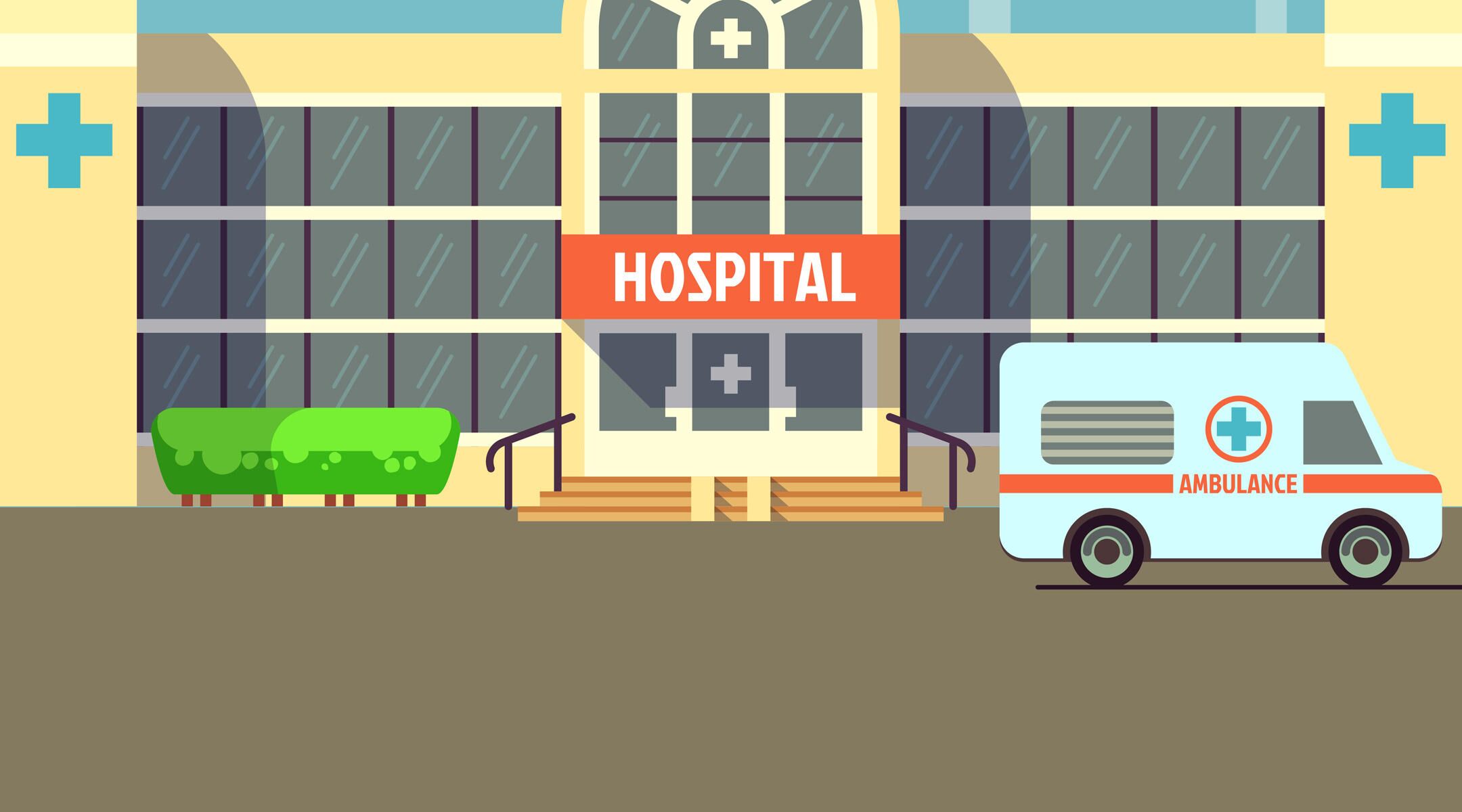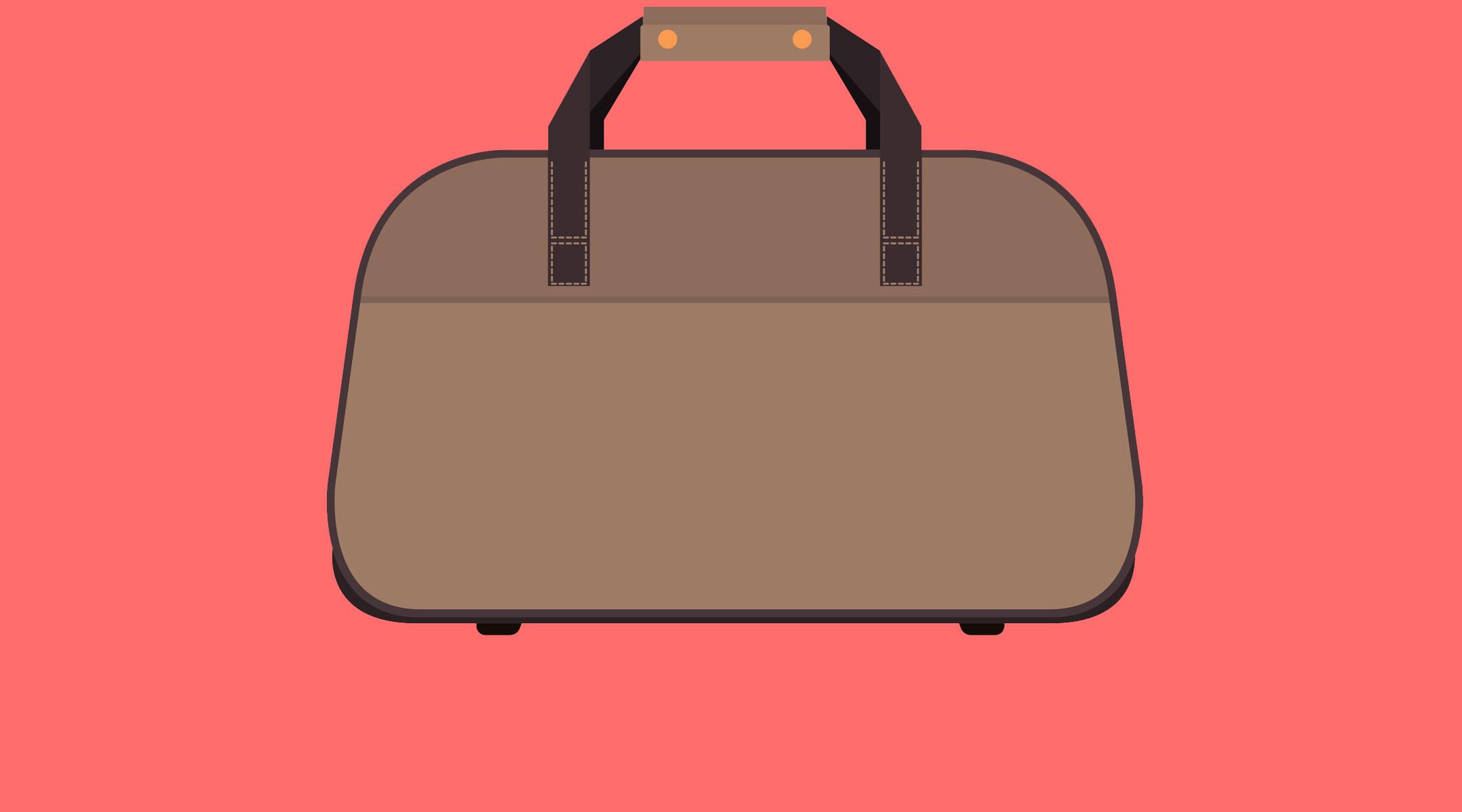The Different Types of Hospital Nurseries
There are three different levels of nurseries.
Level I: This nursery is also called a newborn or a well-baby nursery and is for healthy babies who don’t need any special monitoring, oxygen or an intravenous tube. Many babies born between 35 and 37 weeks will be able to go to a level I nursery. Not all hospitals have a level I nursery, though, so in these facilities healthy babies stay in a bassinet in the room with Mom.
Level II: This nursery is a neonatal intensive care unit (NICU) that can provide care for a baby who is moderately sick but expected to improve quickly. To be in a level II nursery, baby should be 32 weeks or more and weigh more than 1,500 g (3 lbs 5 oz). Here, babies may have an intravenous catheter, receive oxygen and be fed through a tube.
Level III: A level III nursery offers the most intensive care possible for the sickest and the smallest of babies. This includes babies who need mechanical ventilation (the help of a breathing tube and machine) for more than 24 hours. In general, level III nurseries are subdivided based on the degree of critical care they can provide. Here’s the breakdown:
Level IIIA: Babies stay here who are 28 weeks gestation or more and weigh more than 1,000 g (2.2 lbs).
Level IIIB: Babies at any gestational age or weight can stay here; pediatric surgeons are always available to perform any surgeries should the need arise.
Level IIIC: This level has all the staffing and equipment of a level IIIB NICU, with the added ability to provide open-heart surgery and an advanced form of critical care called ECMO (extracorporeal membrane oxygenation).
Navigate forward to interact with the calendar and select a date. Press the question mark key to get the keyboard shortcuts for changing dates.

































